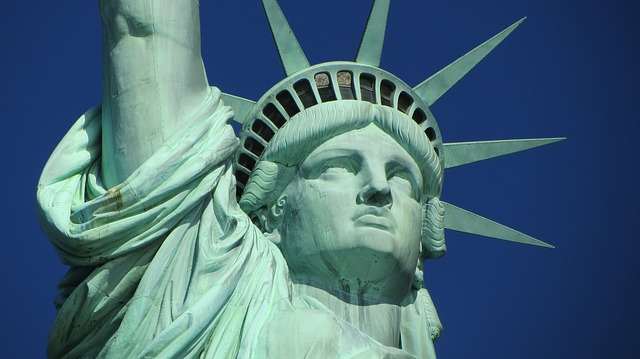Tag: Landmarks
-
Lincoln Memorial Facts for Kids | American National Monument
Lincoln Memorial is a national monument of America. It was built to honor Abraham Lincoln, the 16th US President. Located in Washington D.C.’s National Mall, it is one of the main tourist destinations for people around the world. The memorial is built on Greek Doric temple style. Along with the statue of Lincoln, this building…
Written by
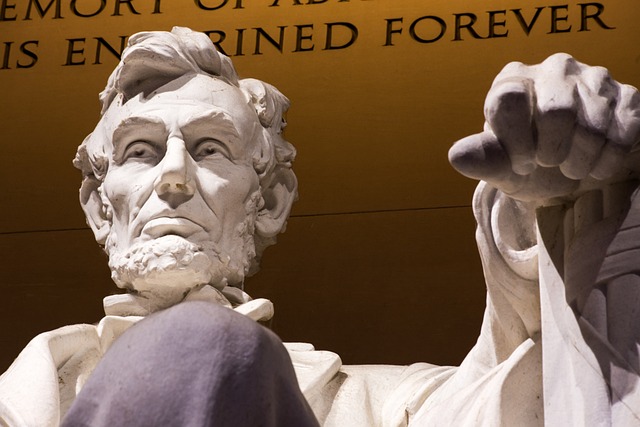
-
Sydney Harbour Bridge Facts for Kids
It is a half-through arch bridge that connects the North Shore with Sydney central business district (CBD). Due to its unique design, it is often referred to as ‘The Coathanger’. The design of this bridge was conceived by Dorman Long and Co Ltd, a British firm based in Middlesbrough. On the opening parties of the…
Written by
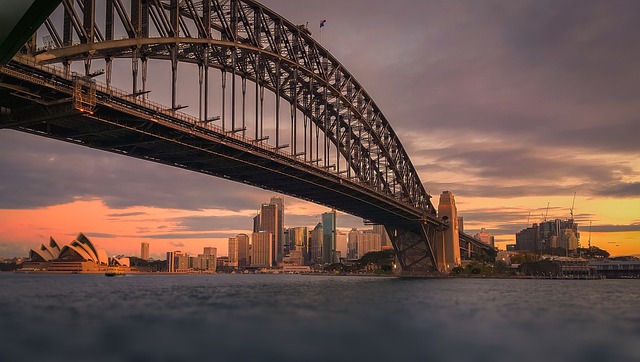
-
Tower Bridge Facts for Kids | Hallmark of London
Tower Bridge is a suspension bridge of London. It has been an iconic symbol of this city as it passes over River Thames. It is a bascule bridge, which means it is moveable and gives way to boat traffic when required thanks to the upward swing of the bridge. Its maintenance and ownership is under…
Written by
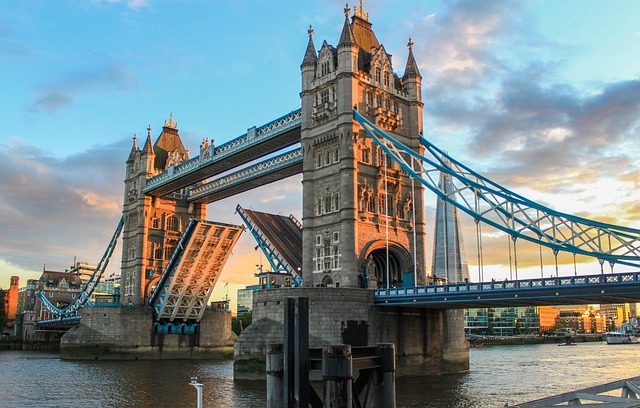
-
Easter Island Facts for Kids | Special Chilean Territory
Located at the southeastern part of the Pacific Ocean, Easter Island is one of the three island groups situated at the corner of Polynesian Triangle. The other two regions of this triangle are Hawaii and New Zealand. This island has a status of ‘special territory’ of the Republic of Chile. The most prominent feature of this…
Written by
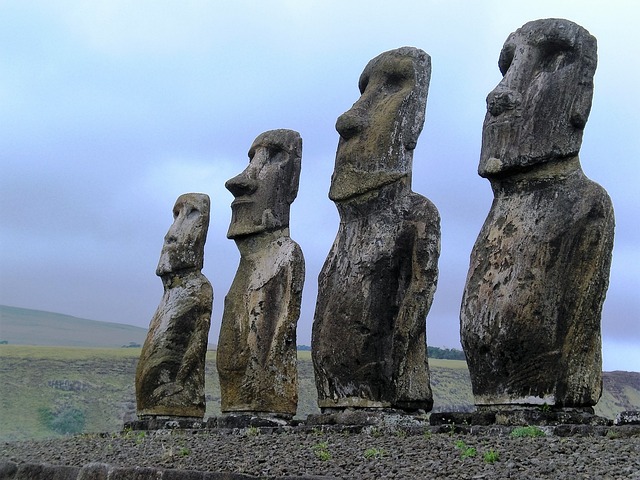
-
Angel Falls Facts for Kids | World’s Highest Waterfall
Located in a jungle in Bolívar State of Venezuela, the angel falls is clearly one of the most fascinating sights to watch. The height of angel falls makes it the highest uninterrupted waterfall in the world. The angel falls gets its name in the 20th century. The waterfall is named after an American aviator called…
Written by
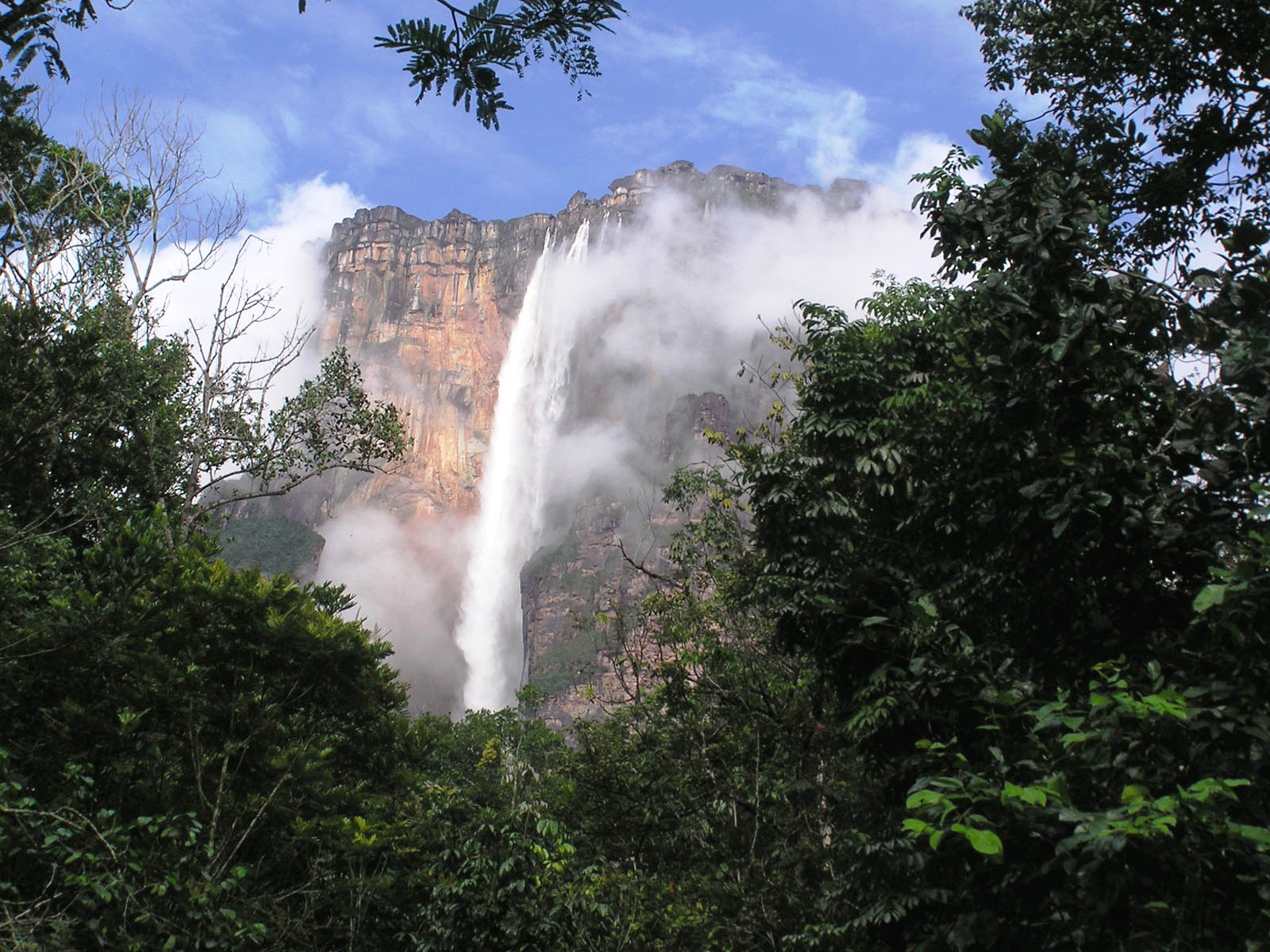
-
Empire State Building Facts for Kids
Located in midtown of New York City, this skyscraper has 102 stories. The empire state building is a cultural icon of USA. It is built on a design known as Art Deco style. On 1 May, 1931, the button for the lights of the empire state building was pressed by US President Herbert Hoover. It…
Written by
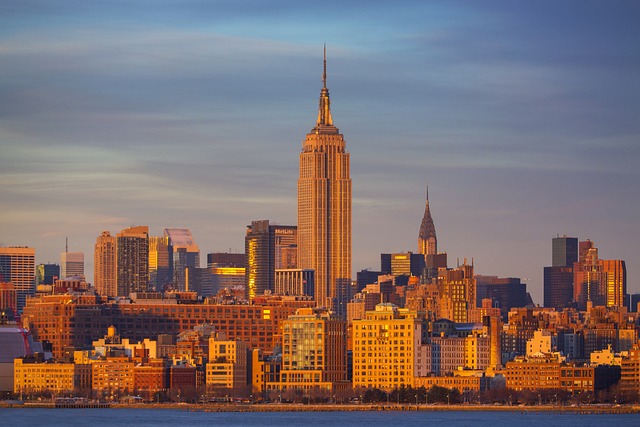
-
Sydney Opera House Facts for Kids | Venue for Art Performances
Located on the dock of the most densely populated Australian city, Sydney Opera House is a venue for various art performances. The natural harbor of Sydney where this building is situated is known as Port Jackson and this location is referred to as Bennelong Point. It was constructed by a Danish architect namely Jørn Utzon.…
Written by
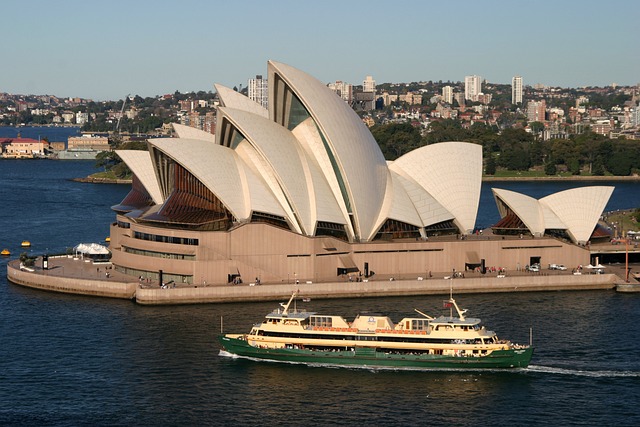
-
Uluru Facts For Kids | Historical landmark Of Australia
Uluru is a small hill in Australia and is usually referred to as Monadnock. It is also known as inselberg which means ‘island mountain’. An inselberg is the name of a hill that sticks out suddenly above the land. Located in Central Australia, Uluru is a huge formation of rock. It is made up of…
Written by
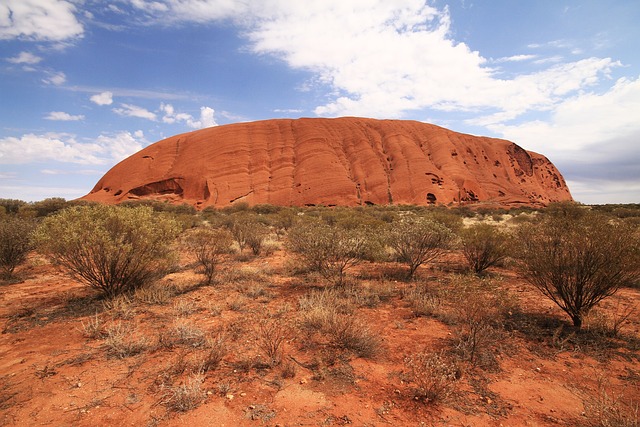
-
Pyramid Facts For Kids | Monuments Of Ancient People
The oldest pyramids were built by the people of Mesopotamia. They called these structures ‘Ziggurats’. These structures were coated with golden color. The Pyramids of Giza are the biggest pyramids in Egypt. However, the greatest number of pyramids in the world is in Sudan. Every pyramid has minimum 3 surfaces from the outside which are…
Written by
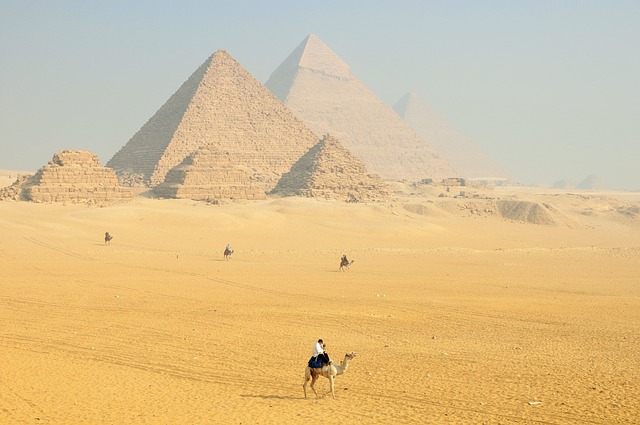
-
Mount Fuji Facts For Kids | Highest Peak In Japan
Mount Fuji is situated on Honshu Island in Japan and it is by far the biggest Japanese peak. The most eye-catching feature of Mount Fuji is that the top section is covered with ice. Its shape is highly symmetrical. Now let’s explore this wonderful Japanese peak and see what it brings to us in Mount…
Written by
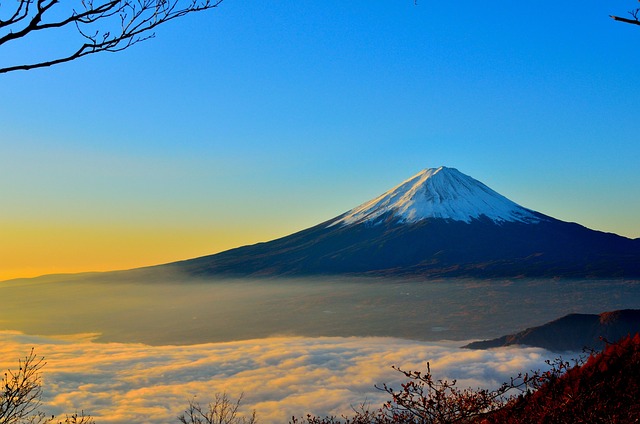
-
Golden Gate Bridge Facts For Kids
There was no route to reach San Francisco from Marin County before the completion of Golden Gate Bridge. The Ferry service was therefore, introduced in 1820 as the only way between Marin County and San Francisco. In 1916, the proposal for the construction of Golden Gate Bridge was made. Let’s discover more in Golden Gate…
Written by

-
Pompeii Facts For Kids | Ancient Roman Town
Pompeii was an old city of Romans. It is located in the region of Southern Italy known as Campania. According to experts, this city was basically built by the Oscans and dates back to the 6th or perhaps 7th century BC. Later on, Romans came here and settled themselves. During 1st century AD, Pompeii was…
Written by
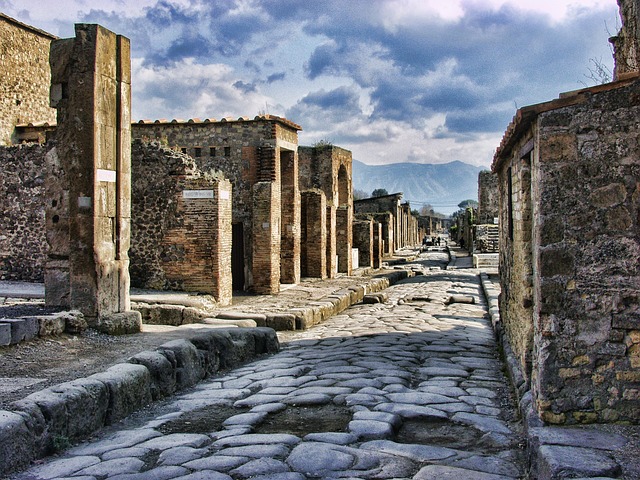
-
Colosseum Facts For Kids | Largest Amphitheatre In The World
The most famous site for the tourists in Rome is Colosseum. It is by far the biggest amphitheatre in the world and one of the greatest remains of the Roman Empire. Let’s explore it further in Colosseum facts for kids. A Quick Guide To Colosseum Facts For Kids Starting Date of Construction: 70 AD Ending…
Written by
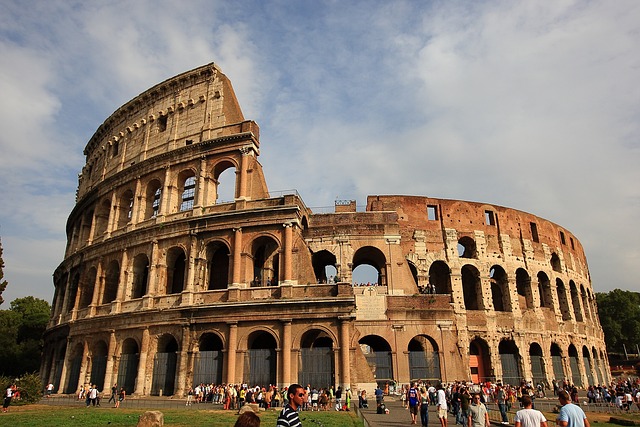
-
Mount Rushmore Facts For Kids | The Biggest Work of Art in the World
There couldn’t be a better way to pay a mark of respect to those who changed the course of history than by building a monument that was to become a hallmark for the entire country. Located on the Black Hills of South Dakota, Mount Rushmore is certainly one such feat that stands out in terms…
Written by
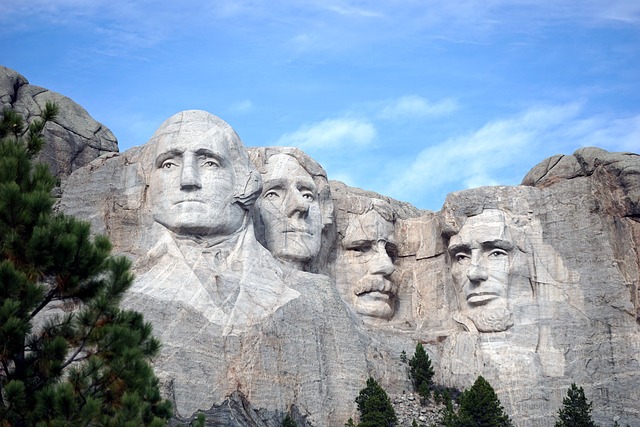
-
Taj Mahal Facts for Kids | Rare Facts about Taj Mahal
Now this is where I would share my personal experiences together with the amazing facts about this “crown of palaces”, a white marble beauty and one of the seven wonders in the world. So kids here we are with the assimilated Taj mahal facts for kids about the biography and eternal beauty of this Indian…
Written by
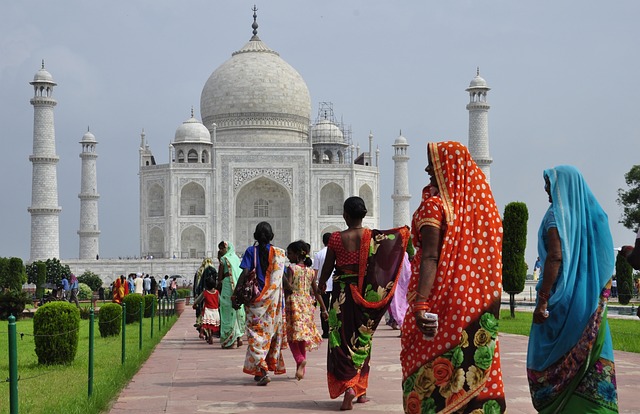
-
Big Ben Facts for Kids | Exciting 8 Facts about Clock Tower
London has many landmarks, but none is more popular than the Big Ben. This clock tower is probably the most prominent and well known attraction in not only London, but England as well. Its history and Victorian structure attracts millions of tourists every year. It is located on the side of the House of Parliament…
Written by

-
Great Wall of China Facts For Kids – Fun Facts for Kids
Here I’m bringing you some of the most fascinating great wall of china facts for kids. All these insights about this medieval grandeur takes us to the time when you were not even born. So, let’s study some interesting facts about the great wall of china. According to the Chinese the great wall should be…
Written by
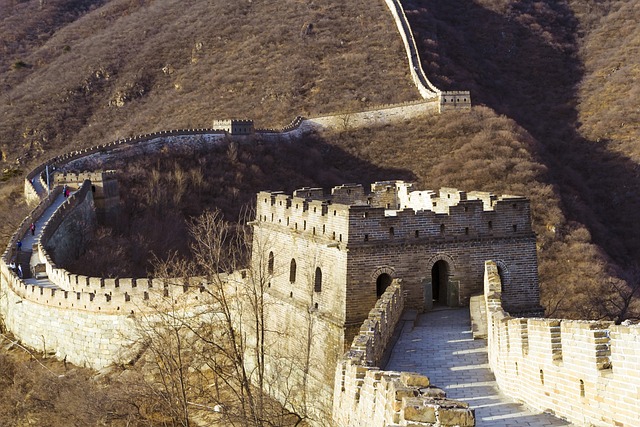
-
Eiffel Tower Facts For Kids
What’s the first thing that grabs your mind when anybody says that he has been to Paris? Eiffel Tower, right? And why not! This grand lattice structure with its towering height and unique design seals the name of Paris amongst the cities having one of the tallest and historical monuments of the world. Designed to…
Written by
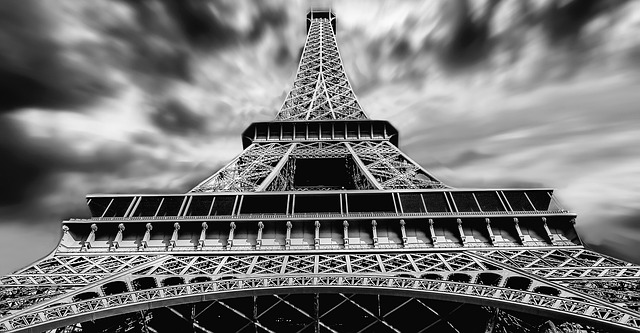
-
Statue Of Liberty Facts For Kids
Let’s see some of the interesting statue of liberty facts for kids. Also known as Lady Liberty, this grand structure was built to remember the American Independence Day and the symbol of friendship between France and USA. France sent its troops to help America achieve its independence and thus they wanted to applaud this victory…
Written by
